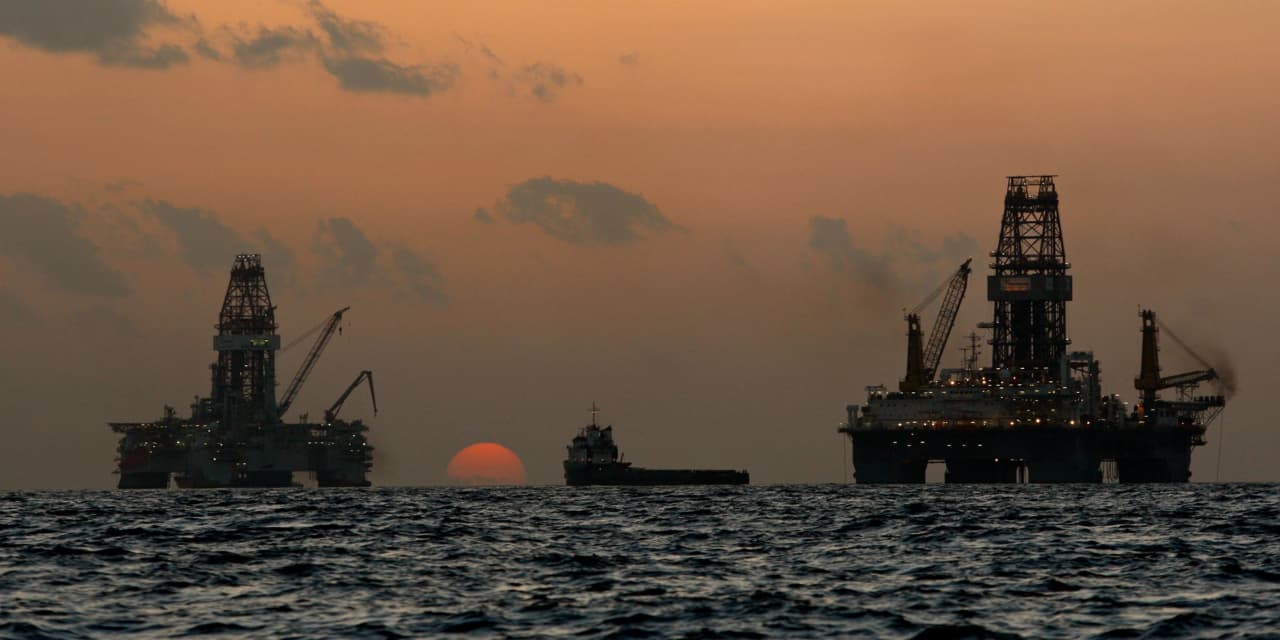Hurricane Idalia weakened after making landfall in the Big Bend area of Florida early Wednesday, but the storm’s threat to oil production in the Gulf of Mexico caused crude prices to tick higher.
Continuous-contract futures for benchmark
West Texas Intermediate
crude advanced 0.5% to $81.50 a barrel, near the highest levels since mid-August.
Idalia made landfall as a category 3 hurricane, slamming the Gulf Coast—a key area for oil production—with “catastrophic storm surge and destructive winds,” the National Weather Service said.
The National Hurricane Center said at 1 p.m.. Eastern time that the storm’s maximum sustained winds were now at 80 mph, meaning it has weakened to a category 1 storm. The center of the storm was in Georgia.
Jeremy Naylor, an analyst at broker IG, cited Energy Information Administration data that the offshore Gulf of Mexico accounts for about 15% of U.S. oil output and about 5% of natural gas production. “Some if not all of that is under threat because of hurricane disruption.”
The storm at least looks to be disrupting energy operations, with
Chevron
(ticker: CVX) having evacuated staff from three offshore oil platforms while
Kinder Morgan
(KMI) planned to shut a petroleum pipeline, Reuters reported, citing the companies.
Other factors also likely were lifting oil prices, including figures out late Tuesday from the American Petroleum institute suggesting potentially tighter supply. The API reported that crude stocks fell by 11.5 million barrels last week, more than the drop of 2.9 million barrels expected by analysts.
In addition, Gabon, a major African oil producer and member of the Organization of the Petroleum Exporting Countries, is in the midst of a reported coup, with military officers claiming to have seized control of the government.
Write to Jack Denton at [email protected]
Read the full article here



